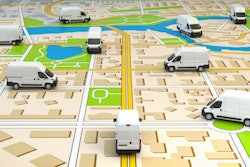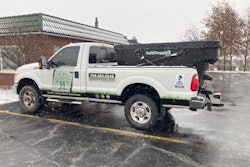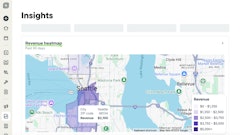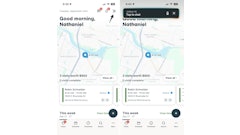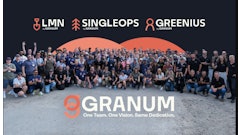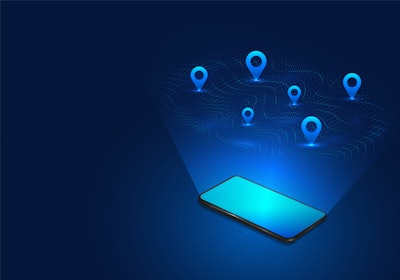
The U.S. landscaping industry is experiencing a period of encouraging growth, highlighted by an 8.2% annual growth rate since 2021. Yet, this growth is marred by an offsetting trend: operating expenses are increasing at an even faster rate, spiking at 9.8% in 2022 and squeezing profit margins while businesses grapple with losses incurred by inefficient resource allocation.
Vehicle and equipment costs, licensing, facility expenses, labor, materials and the constant need for equipment maintenance all contribute to this financial pressure, especially as material and fuel costs continue to climb. Landscaping companies need every advantage to stay ahead—and many are turning to technology as a solution to help them through the transformation needed to drive growth.
Imagine a world where landscapers could automate tedious land measurements, identify key structures, reduce labor costs and provide a level of consistent accuracy that has been historically unattainable. This is the promise of location intelligence and AI-enhanced measurement—which has proved to be a game-changer for landscape companies seeking to boost their reputation, efficiency and profitability.
Understanding aerial measurement technology
Landscaper property assessments have traditionally relied on manual, labor-intensive methods: perimeter walks with measuring tapes, elevation mapping and subjective surface condition assessments. These methods are not only time-consuming but also prone to human error, frequently leading to inaccurate estimations and costly rework.
Aerial imagery, most often captured by drones or aircraft, offers an alternative. High-resolution images, analyzed by artificial intelligence (AI) and machine learning (ML) models, can precisely identify property boundaries and measure areas like lawns, pavement and debris and even classify vegetation types and tree overhang. This data-driven approach to property measurement eliminates the guesswork that is inherent in manual methods while providing a level of accuracy and detail that was previously unattainable.
To enhance the accuracy of AI and ML models, it is crucial to train them with high-quality data and high-resolution imagery. Concurrently, as these technologies continue to evolve and improve, we can expect to unlock additional land insights and more efficient and accurate methods of property analysis and measurement.
Applications for landscape businesses
The benefits of this technology extend far beyond just accurate measurements. They also translate to deeper advantages for landscape businesses.
Here are a few examples:
- Early material estimations: Precise previsit area measurements mean accurate material estimations when teams work with materials like sod, mulch and plants. This results in less waste, more competitive bids and ultimately, higher profit margins.
- Streamlined design: Digital property maps generated from aerial imagery data facilitate faster, more efficient landscape design. Project managers and teams can easily visualize proposals, even remotely, leading to quicker approvals and project start dates.
- Optimized maintenance: Tracking changes in greenery health over time (using multitemporal imagery, i.e., from spring to fall and vice versa) enables proactive maintenance. This reduces plant loss, minimizes unnecessary site visits, and importantly, improves customer satisfaction while eliminating an over-reliance on reactive work.
In short, location intelligence and aerial measurement technology saves landscape businesses precious time and money. These can be immensely valuable benefits for competitive landscapers, especially as inflation has driven up the cost of materials, equipment, labor and fuel costs while also impacting property and homeowners’ spending preferences. In response, companies are forced to raise their price of services to maintain healthy profit margins.
With higher prices come higher customer expectations, and equipping landscape project managers and teams with dynamic location intelligence tools can elevate the business to greener pastures.
Cultivating a competitive edge
These technology tools not only offer project scalability but can also provide project roadmaps objectively backed by data. This enhances the understanding and buy-in for all stakeholders: landscape teams and customers alike.
Landscaping and ongoing maintenance is especially resource-consuming for large public projects such as community parks, sports fields, school campuses and botanic gardens.
Leading landscapers won’t stay competitive by resting on their laurels; they will recognize and take advantage of opportunities for optimal operational efficiencies and resource allocation. By reducing their material spending, labor costs, site visits and minimizing material waste, significant cost reductions are achieved, directly and positively impacting a company's reputation and bottom line.
Adopting innovative technology also organically demonstrates professionalism and commitment to forward-thinking, which will attract clients and customers who value efficiency and pragmatic approaches.
As the landscaping industry continues to evolve to navigate wider market challenges, so too will the technology that drives it. Aerial imagery enhanced by location intelligence and AI-powered measurement are no longer futuristic concepts; they are the tools of today's successful landscape professional.




